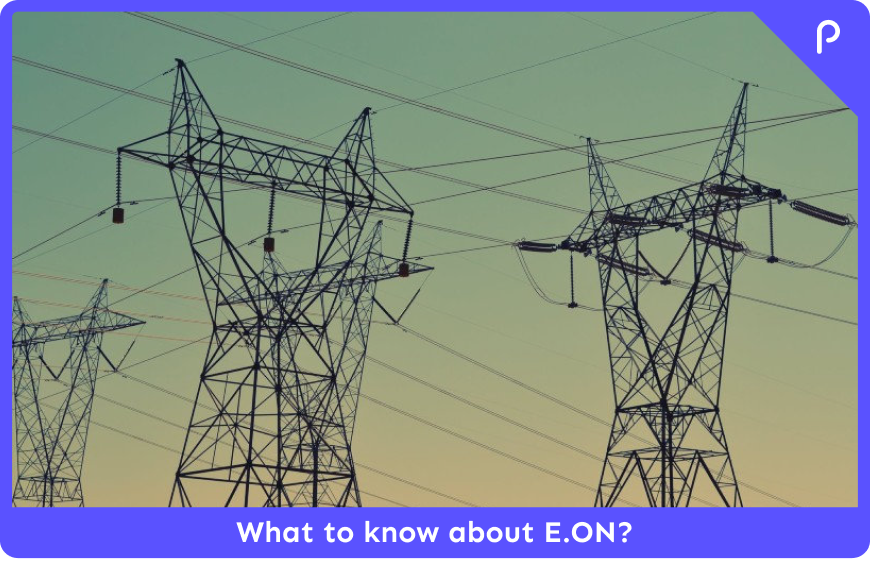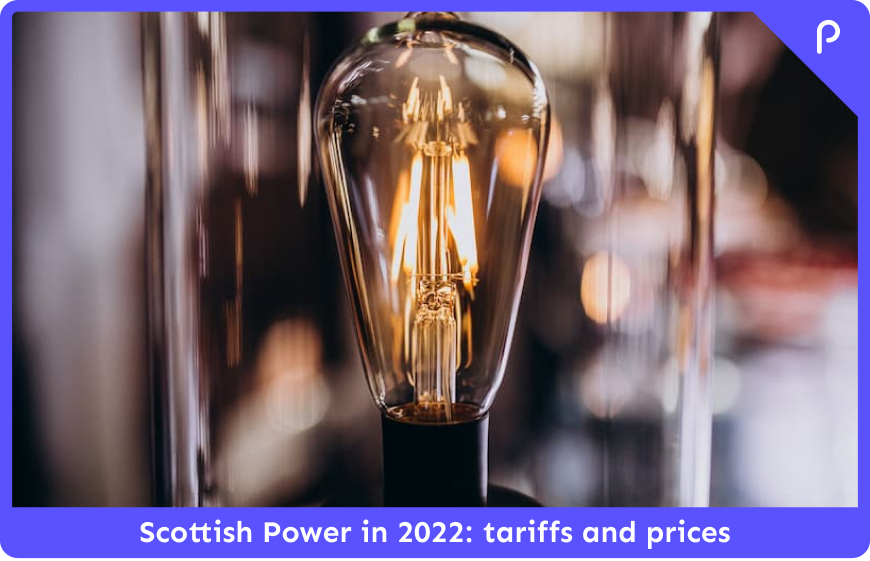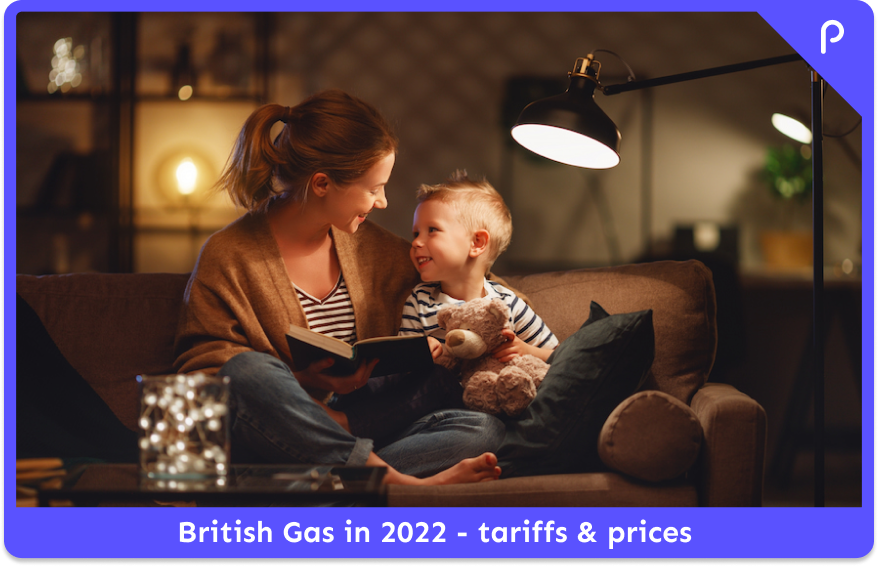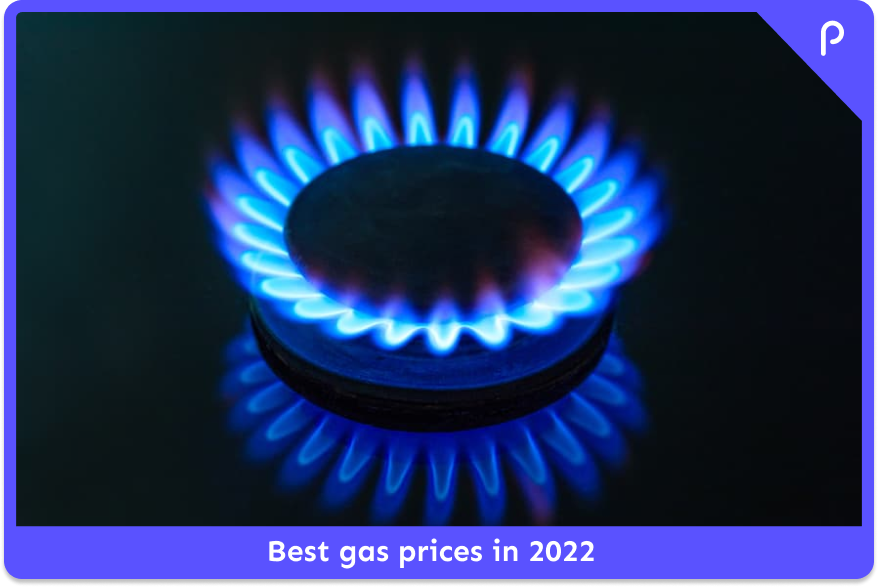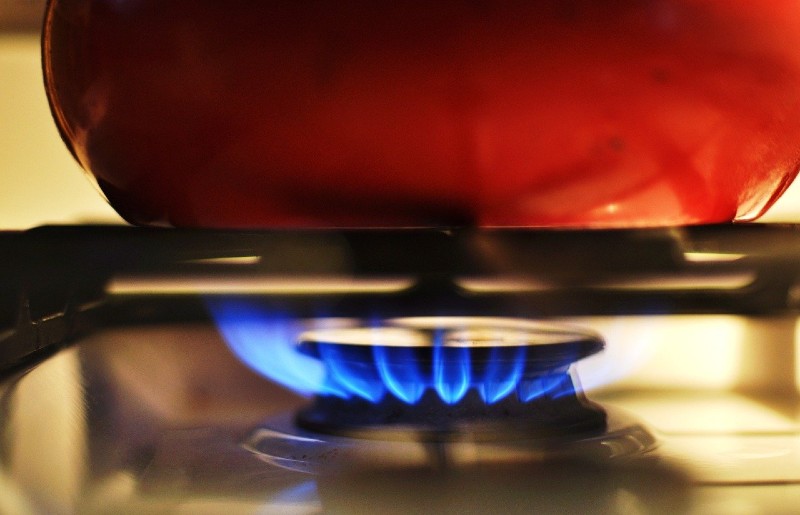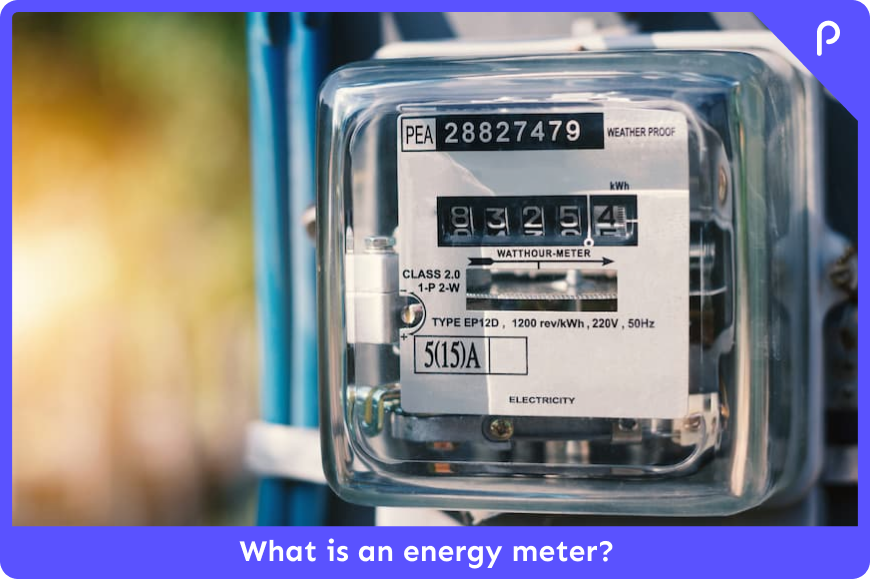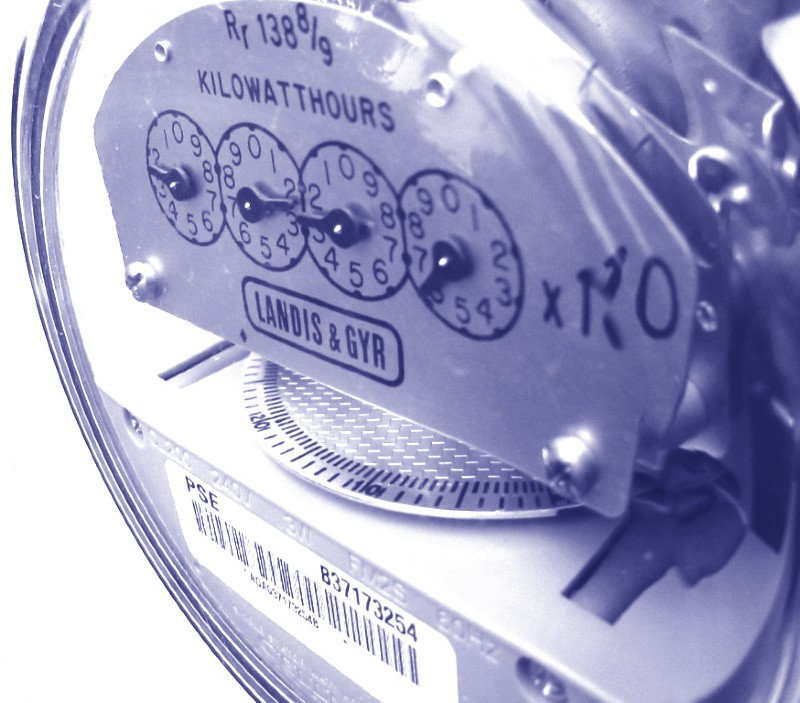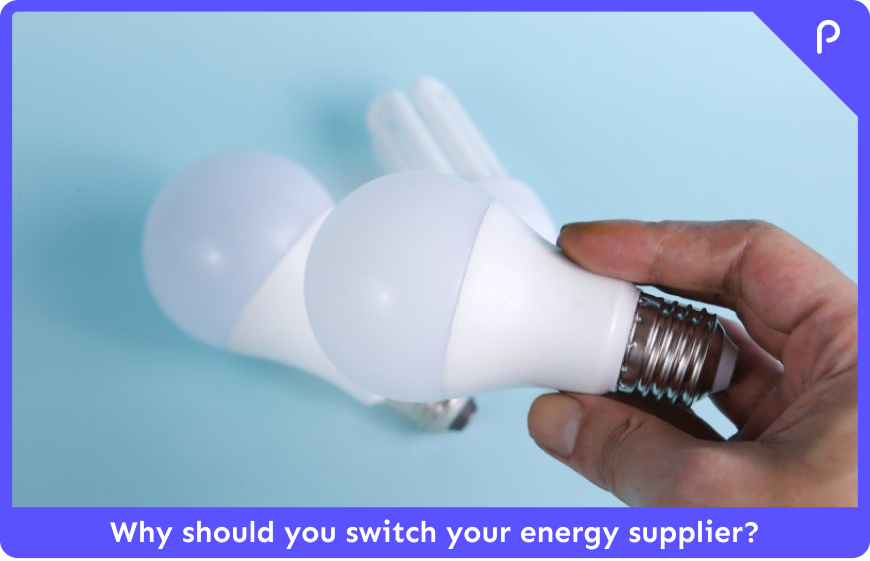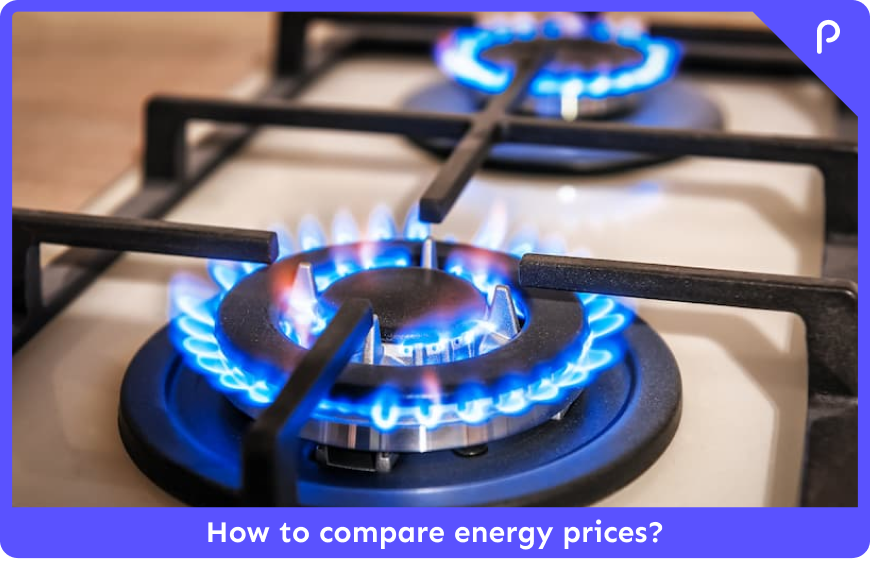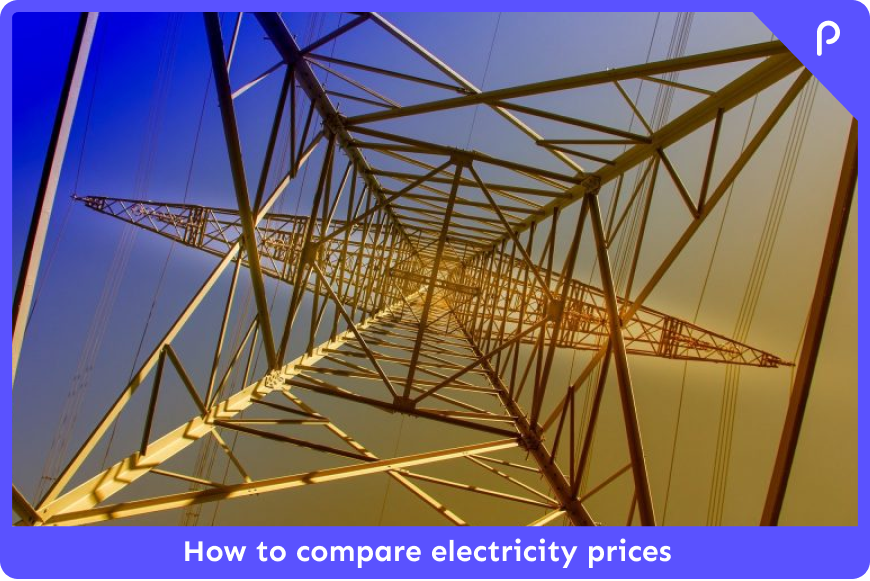Who are E.ON?
EON are a major energy supplier that came to the UK from Germany. It currently supplies energy to over 3,8 million homes and businesses all over the country. Its focus is on providing "decentralised, green, and interconnected solutions that address the needs of our customers and those of the environment".
Who owns E.ON?
EON was previously known as Powergen in the UK prior to its acquisition by German company EON AG in 2002. EON acquired npower in November 2019 as part of the takeover of Innogy and started migrating customers to EON Next in July 2020.
What is E.ON Next?
EON Next is a new brand within the EON portfolio that is committed to playing its part in the transition to a world of renewable energy. Indeed all EON Next tariff offer 100% renewable electricity and one of their tariffs also offers 100% carbon offset gas.
Current EON customers will keep their EON energy plan under the current conditions. Nevertheless EON will start encouraging new clients to switch directly to an EON Next tariff.
If you try to take out an EON tariff, you will be redirected to EON Next.
Can I still subscribe to an E.ON Plan?
When you request a quote on the EON website, you are automatically redirected to the EON Next website. This proves the will to establish EON Next as the future of the EON Group.
However, you can still switch to an EON tariff by calling the commercial teams.
Are E.ON any good?
That’s a tricky question to answer, as everyone will be looking for something different in an energy supplier. Most of us choose a new supplier purely on the basis of cost, while others are happy to pay a little more if they know they’re getting great customer service or a green energy deal.
E.ON and E.ON Next tariffs
EON has a fairly modest range of tariffs that nonetheless covers all the right bases. Whatever your energy needs, you’re likely to find something for you in their selection. What’s more, all of EON's domestic energy tariffs all come with 100% renewable electricity as standard.
All prices quoted are accurate at the time of writing and include VAT at 5%. Rates are based on national averages. Yours may differ depending on where in the country you live.
Currently, EON has 0 tariffs available. However, this can change any time so it's worth checking regularly.
How much is energy per kWh with E.ON?
The EON tariffs per kWh depend on which tariff plan you have. It also depends on other variables, such as your location or even the time of day you use your electricity.
What are the cheapest E.ON Next plans?
Exact energy costs vary depending on the time of day and location in the UK. This makes it difficult to compare prices without uploading your personal data. To give you an accurate idea, we have selected a specific location in the UK and calculated the average annual cost of all EON tariffs there.
Below you can find the cost information associated with these tariffs.
| Plan name | Tariff type | Is the tariff live? | Average electricity annual cost (£/year) | Average gas annual cost (£/year) | Average total annual cost (£/year) | Exit fees (£/fuel) | Green tariff?** |
|---|---|---|---|---|---|---|---|
| / | Standard Variable | ❌ | £ 754.666* | £ 640.42* | £ 1,395.090* | £ 0.000 | ✖️ |
| / | Fixed - 12 months | ❌ | £ 633.727* | £ 493.15* | £ 1,126.877* | £ 0.00 | ✖️ |
| / | Fixed - 24 months | ❌ | £ 1,110.256* | £ 1,285.58* | £ 2,395.840* | £ 0.00 | ✖️ |
| / | Prepayment Variable | ❌ | £ 710.833* | £ 625.20* | £ 1,336.034* | £ 0.00 | ✖️ |
*Prices displayed are national averages
*Based on 2,900.00 kWh of ⚡ and 12,000.00 kWh of 🔥 per year on average
**A Green tariff means the supplier injects in the grid the same amount of renewable energy that is consumed.
What are the E.ON Variable Rate Tariffs?
EON has one standard variable tariff for variable rates. The advantage for having a variable rate is the flexibility in switching plans. This comes at a cost though, which is the chance of higher rates if the market price is higher.
The costs associated with this tariff can be seen here:
| Plan name | Tariff type | Type of fuel | Is the tariff live? | Standing charge (p/day) | Unit rate cost (p/kWh) | Average total annual cost (£/year) | Exit cost (£/fuel) | Green tariff?** |
|---|---|---|---|---|---|---|---|---|
| / | Standard Variable | Electricity | ❌ | 29.48 p* | 22.31 p* | £ 754.666* | £ 0.000 | ✖️ |
| / | Standard Variable | Gas | ❌ | 30.78 p* | 4.40 p* | £ 640.42* | £ 0.000 | ✖️ |
*Prices displayed are national averages
*Based on 2,900.00 kWh of ⚡ and 12,000.00 kWh of 🔥 per year on average
**A Green tariff means the supplier injects in the grid the same amount of renewable energy that is consumed.
What are the E.ON Fixed Rate Tariffs?
EON has several fixed rate tariff plans. We have an overview of them down below.
The pricing on these tariffs can be seen here:
| Plan name | Tariff type | Type of fuel | Is the tariff live? | Standing charge (p/day) | Unit rate cost (p/kWh) | Average total annual cost (£/year) | Exit cost (£/fuel) | Green tariff?** |
|---|---|---|---|---|---|---|---|---|
| / | Fixed - 12 months | Electricity | ❌ | 19.95 p* | 19.340 p* | £ 633.727* | £ 0.00 | ✖️ |
| / | Fixed - 24 months | Electricity | ❌ | 40.53 p* | 33.180 p* | £ 1,110.256* | £ 0.00 | ✖️ |
| / | Fixed - 12 months | Gas | ❌ | 21.67 p* | 3.45 p* | £ 493.15* | £ 0.000 | ✖️ |
| / | Fixed - 24 months | Gas | ❌ | 41.83 p* | 9.44 p* | £ 1,285.58* | £ 0.000 | ✖️ |
*Prices displayed are national averages
*Based on 2,900.00 kWh of ⚡ and 12,000.00 kWh of 🔥 per year on average
**A Green tariff means the supplier injects in the grid the same amount of renewable energy that is consumed.
What are the E.ON Prepaid Tariffs?
EON also allows the use of Prepaid Meters. With this type of meter, rather than paying after your use, you top up your meter and the credit slowly depletes.
Costs associated with this tariff plan can be seen here:
| Plan name | Tariff type | Type of fuel | Is the tariff live? | Standing charge (p/day) | Unit rate cost (p/kWh) | Average total annual cost (£/year) | Exit cost (£/fuel) | Green tariff?** |
|---|---|---|---|---|---|---|---|---|
| / | Prepayment Variable | Electricity | ❌ | 29.23 p* | 20.830 p* | £ 710.833* | £ 0.00 | ✖️ |
| / | Prepayment Variable | Gas | ❌ | 36.14 p* | 4.11 p* | £ 625.20* | £ 0.000 | ✖️ |
*Prices displayed are national averages
*Based on 2,900.00 kWh of ⚡ and 12,000.00 kWh of 🔥 per year on average
**A Green tariff means the supplier injects in the grid the same amount of renewable energy that is consumed.
What are the E.ON Economy 7 Tariffs?
EON also has Economy 7 plans available for people who have an economy 7 meter. These tariffs have two separate unit rates, one for peak hours of consumption and another for off-peak.
Pricing on these tariffs can be seen here:
| Plan name | Tariff type | Type of fuel | Is the tariff live? | Standing charge (p/day) | Day Rate (p/kWh)* | Night Rate (p/kWh)p* | Average total annual cost (£/year) | Exit cost (£/fuel) | Green tariff?** |
|---|---|---|---|---|---|---|---|---|---|
| / | Economy 7 - Standard Variable | Economy 7 | ❌ | 29.56 p* | 26.08 p* | 13.81 p* | £ 714.839* | £ 0.000 | ✖️ |
| / | Economy 7 - Fixed 12 months | Economy 7 | ❌ | 20.03 p* | 22.66 p* | 11.5 p* | £ 1,075.325* | £ 0.000 | ✖️ |
| / | Economy 7 - Fixed 24 months | Economy 7 | ❌ | 40.61 p* | 40 p* | 20.87 p* | £ 675.441* | £ 0.000 | ✖️ |
| / | Economy 7 - Prepayment | Economy 7 | ❌ | 29.33 p* | 24.91 p* | 12.26 p* | £ 594.371* | £ 0.000 | ✖️ |
*Prices displayed are national averages
*Based on 2,900.00 kWh of ⚡ and 12,000.00 kWh of 🔥 per year on average
**A Green tariff means the supplier injects in the grid the same amount of renewable energy that is consumed.
What are the E.ON Business tariffs?
Unlike domestic energy tariffs, business rates are negotiated on an individual basis. How much you pay depends on:
- The size of your business
- Your location
- How much energy you use
- Your peak energy load hours
- How many sites your business has, and where they are
If you’re interested in switching your business energy deal, get a quote at EON or contact us.

Looking to compare different energy suppliers?
⭐️ Free Service
Compare and choose the best energy suppliers for your home.
More info
E.ON customer reviews
Like all of the "Big 6" suppliers, EON has money to spend on slick marketing campaigns. But savvy energy consumers know that the measure of an energy company lies in what their customers say about them.
The good news is that there are a few places where we can find out about customers’ experiences with the brands including Trustpilot, Reviews.io and Google Business. However, for the sake of clarity (and brevity) we’ll be looking at data from EON's Trustpilot Page as this gives a nice balance of customer sentiment.
At the time of writing, EON has a customer score of 3.4 out of 5, which puts them at the lower end of "Great".
EON’s page has a total of 36,966 customer reviews. Of these:
- 47% were "Excellent"
- 12% were "Great"
- 6% were "Average"
- 5% were "Poor"
- 30% were "Bad"
As we can see, a 59% majority of customers who took the time to leave reviews consider EON above average. However, there are still a pretty sizeable group of customers who are not happy with the supplier.
Looking at positive reviews, the most commonly praised things about EON include helpful and knowledgeable customer service staff, ease and efficiency of installing smart meters, ease of switching to EON and good value for money.



Looking to compare different energy suppliers?
⭐️ Free Service
Compare and choose the best energy suppliers for your home.
More info
However, EON has been met with its share of criticism on Trustpilot and other review platforms. Negative reviews focus on poor customer service and long waiting times, as well as problems installing smart meters that has lasting consequences. Other reviews mentioned slow and unsatisfactory issue resolution, billing errors and a lack of clarity and transparency from the supplier.
E.ON energy fuel mix: Are they a green supplier?
All of E.ON’s domestic and business fuel tariffs offer energy matched with renewable sources, making them 100% renewable. However, this does not mean that the brand has a completely renewable fuel mix. In the table below, you can find energy fuel mix data and how it compares with national averages.
| Fuel Mix | Coal (%) | Gas (%) | Nuclear (%) | Renewable (%) | Other (%) |
|---|---|---|---|---|---|
| Domestic and Small Business Customers (E.ON Energy Solutions Limited) | 1.1 | 14.0 | 1.8 | 81.9 | 1.2 |
| Corporate Customers (E.ON UK PLC) | 4.5 | 55.8 | 7.3 | 27.7 | 4.7 |
| E.ON UK Overall Average | 3.5 | 43.5 | 5.7 | 43.7 | 3.6 |
| UK Average | 2.7 | 38.2 | 16.1 | 40.3 | 2.7 |
Do E.ON have smart meters?
Yes, EON offers smart meters to its customers with free installation. In fact, some tariffs require you to get a smart meter fitted as long as they are available in your area. Whether you use a traditional credit meter or a prepay meter, getting a smart meter installed can help you to better manage your energy usage, as well as transmitting usage data to your supplier. No more manual meter readings or wasting money on estimated bills.
Unfortunately, it's no longer possible to schedule online appointments for the smart meter set up, as EON is transitioning to be EON Next. As soon as your account we'll be set up with EON Next, they'll contact you regarding your smart meter. You can still contact EON for urgent matters Monday to Friday 9am-5pm on 0345 052 0000.
How to read a smart meter from E.ON?
Smart meters take a little bit of getting used to. When you look at a smart meter, it will usually be blank. To get a reading, follow these steps:
- If you have a smart electricity meter with one tariff, the display automatically shows the value.
- If you have a smart electricity meter with two tariffs, press and release the blue display button, then tariff 2 is displayed.
- If you have a smart gas meter, press and hold the red button A for 5-10 seconds. This will display "Credit ON". Press and release button A again to display the meter reading.
How to top up an E.ON smart meter?
There are several ways you can top up your PAYG smart meter:
- Top up in person at any UK Post Office
- Online at eonenergy.com/top-up
- Top up via E.On’s mobile app
- Call 0345 366 5996
When using a credit/debit card, you can top up a minimum of €1 and a maximum of €80 per meter. When topping up with cash, this limit is lower at €49.
![]()

Do E.ON have boiler cover?
Yes, like several other larger energy suppliers, EON also offers boiler cover. In EON's case, annual maintenance is not only reasonable, it is usually also a prerequisite for maintaining your warranty. If your boiler breaks down, you must prove that it has been professionally serviced in the last 12 months. If it hasn't, the warranty will be voided and the repair costs, which can run into the hundreds, will not be covered. So it makes sense to pay for boiler maintenance.
EON offer one-off boiler service in case you do not have a boiler cover. The cost of this is between £60 and £120 and usually takes about an hour. Any repairs to your boiler, including labour and spare parts, will incur an additional cost.
EON also offer a boiler cover for your current boiler. With their HomeServe Partnership, you can get boiler insurance for £7.99 per month for the first year. Your boiler will undergo a health check to ensure it is covered. It also covers noisy boilers, faulty controls or heat exchanger replacement.
How do I contact E.ON?
There are several ways to contact EON. The quickest way is to log into your customer portal and use the Live Chat feature on their website. Alternatively, you can call the customer service team on 0345 052 0000. The line is manned from 8am to 8pm Monday to Friday.
How do I complain about E.ON?
If you wish to make a complaint about EON, this does not have to be made in writing for EON to take action. Take a look at EON's complaints page and you’ll be directed to the appropriate contact information for your complaint.
Generally speaking, however, you can call 0345 052 0000, or make a complaint via live chat. If you prefer to make your complaint in writing, you can send it to:
- E.ON
Customer Services
Customer Service Centre
E. ON
PO Box 7750
Nottingham
NG1 6WR
If your complain is not resolved to your satisfaction after 8 weeks, you may refer it to the Energy Ombudsman.
E.ON: How to pay your bill?
There are a few ways to pay your EON bill. The easiest (and cheapest) way is to set up a Direct Debit when you sign up to one of their tariffs. However, if you prefer to pay on Receipt of Bill you can pay in any of the following ways:
- Call 0345 052 0000 to pay your bill over the phone.
- Pay online here
- Use the EON app
How to switch to E.ON?
If you think that EON might be the right supplier for you, don’t make the switch without us.
We can help you choose the very best value EON energy plan for your needs and usage. What’s more, we can even manage your switch from end-to-end so you can enjoy cheaper, greener energy faster and without hassle!
How to cancel E.ON?
If you change your mind about signing up to EON, there is a 14 day "cooling off" period within which you can change your mind without incurring any early exit fees. Simply contact them using any of the means above and let them know that you wish to cancel. Or, if you’ve found another supplier you prefer, simply sign up to their tariff and they’ll take care of everything for you.
Looking to compare energy suppliers?Leave your phone number to request a call back from us!
Free Service
